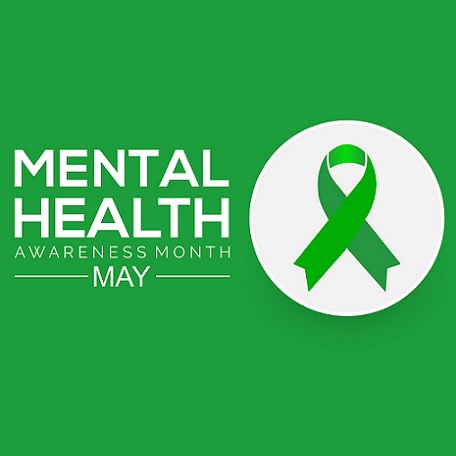May marks the start of Mental Health Awareness month, one of only a handful of awareness campaigns that relates to everyone. This year’s theme is “Where to Start: Mental Health in a Changing World.”
According to the American Hospital Association (AHA), there are many factors which impact mental health, but identify four as being the primary contributing factors to mental health.
Current events, social drivers, loneliness and technology; two of which are newer concepts as it wasn’t until the late 1990s that cellphones became popular, the same is true for social media.
Although we may look at platforms today such as Facebook, Snapchat, X and Instagram as some of the top social media platforms, it began with more simplistic options such as Six Degrees and Myspace at a time when home computers were common and cellphones were primitive.
“Having the internet at your fingertips can be a fantastic thing — you can learn, connect with healthcare providers, keep in touch with friends and family — but it isn’t without its downfalls. Exposure to constant [bad] news coverage and contentious political campaigns can make anyone’s mood sour and cause anxiety about what lies ahead,” the AHA said. “In fact, almost 60% of young people (ages 18-25) expressed considerable worry about the future of the planet. Social media can cause FOMO (fear of missing out), depression, and reduced self-esteem as a result of comparison. Furthermore, the lines between work and personal time are blurred by working from home and after-hours email notifications on your phone, increasing the likelihood of burnout.”
Current events also play a vital role in mental health, approximately73 percent of American adults reported being overwhelmed by the number of crises happening in the world. Nearly 50 percent of adults fear they won’t have enough money to pay their monthly bills and more than 58 percent of adults feel consistently isolated and lonely.
With so many things out of your control, the AHA says to focus on what you can do, instead of what you cannot change.
“No one thing works for everyone, and it may take some trial and error, but building a coping toolbox is a great way to be prepared for those times when your mental well-being starts to slip – think of it as a safety net,” the AHA said. “Creating your toolbox can be as simple as writing a list (on your phone or on paper) of what helps, like breathing exercises or going for a run – this way, when you start struggling with your mental health, you don’t have to remember what to do or search for tips. You can also have a physical toolbox and fill it with things like a stress ball, written notes to yourself, and photos that make you happy. If you make a physical toolbox, it’s a good idea to still include a list of (non-physical) coping skills that help.”
Some suggestions for building your tool box include utilizing mood boosters such as watching a movie you enjoyed when you were younger, reorganizing your room, making a list of places you want to travel or places you’d like to re-visit in your own town or spending time with a pet.
Addressing your basic needs is also a must. The AHA recommends eating a healthy snack, drinking water, taking a shower or bath, taking naps when you need them and making sure your oral health is addressed.
Processing your feelings, making a list of problems you can solve or brainstorming with close friends or family is also another way to improve mental health.
For more general information, visit https://www.aha.org/mental-health-awareness-month.
For more information on building your coping toolbox visit https://mhanational.org/building-your-coping-toolbox.
Lauren is a an award-winning journalist who decided after 10 years of newspaper experience to venture out. Hallmark Times was born.






